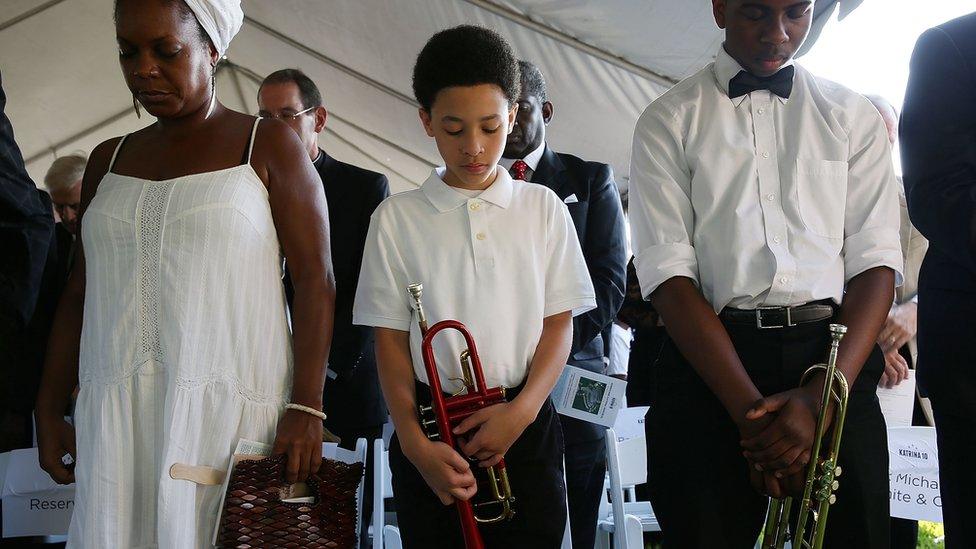Hurricane Patricia hits Mexico
- Published
Martin reports on the impact of Hurricane Patricia on Mexico
Hurricane Patricia, a storm described as one of the most powerful ever, hit the coast of Mexico on Friday night.
Patricia is the strongest hurricane to reach Mexico in more than 50 years and hit the coast with winds over 200 mph, making it the most powerful storm ever to be recorded in the Americas.
The storm touched down in western Mexico, bringing destructive winds and rain, but reports suggest so far that heavy damage appears to have been avoided.
Winds decreased to 100 mph as the storm weakened over land, and has since been downgraded to a Category One tropical storm.
However Mexico's president has warned that Hurricane Patricia still poses a threat of floods and landslides as it brings heavy rain to parts of the country.
The government has also warned that ash from the active Colima volcano could combine with heavy rainfall to trigger huge mudflows.
Mexican authorities evacuated thousands of residents along the country's Pacific coast last night as Patricia continues moving in a north-easterly direction inland over northern Mexico.
Video shows full force of Hurricane Patricia
Category 5
The US National Hurricane Centre said the hurricane hit as a Category Five storm - the highest classification.
The categories are based on wind speed and the potential damage they could cause.
Watch our explainer of how different storms get their ratings in the video below.
Jenny explains Hurricane categories
Here's what happened on Friday
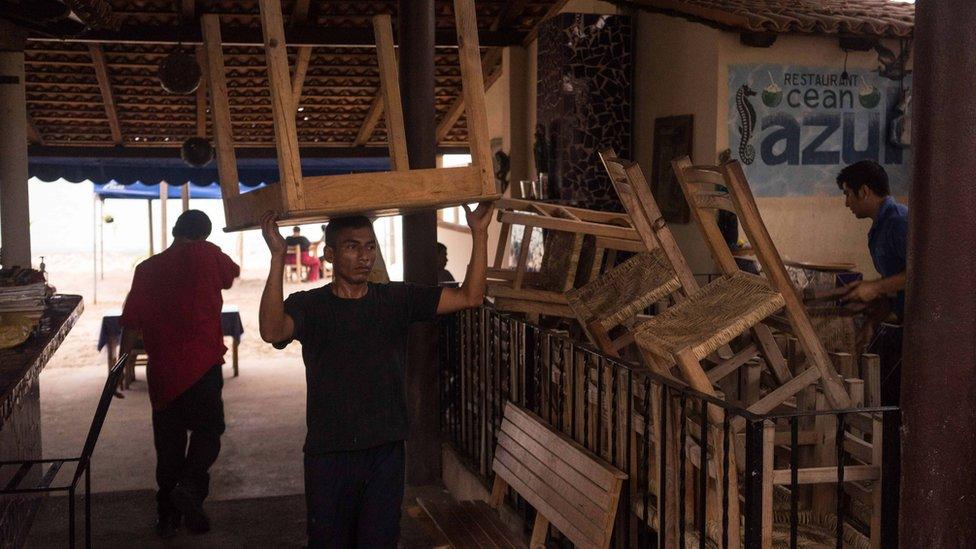
People have started to close shops, schools and other buildings as they clear the areas in the storm's path.
Mexico's National Disaster Fund says around 400,000 people live in the areas that are most likely to be hit by the hurricane.
They've warned that it could cause huge damage when it reaches land.
How did Hurricane Patricia form? BBC weatherman Simon King explains
American weather experts also say current winds of 240 miles per hour could create destructive waves as Patricia approaches Mexico's coast.
The government in Mexico say there is enough room for around 260,000 people in temporary shelters.
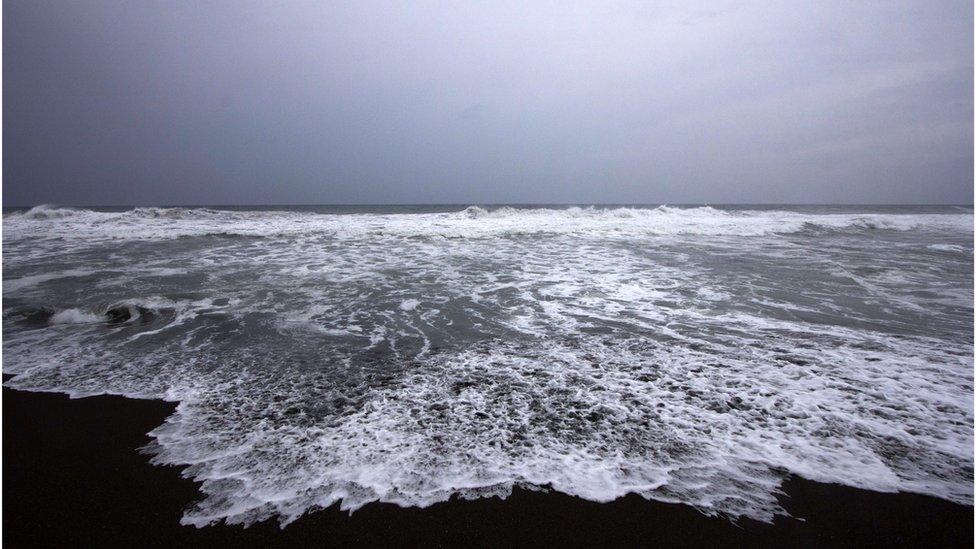
The sea on Mexico's coast looks relatively calm for now but weather experts say hurricane Patricia could cause 'destructive waves', as it approaches.
Schools have been closed in three of the states that are in the hurricane's path, Jalisco, Colima and Guerrero and people are starting to board up the windows and doors of shops.
Strong enough to fly a plane
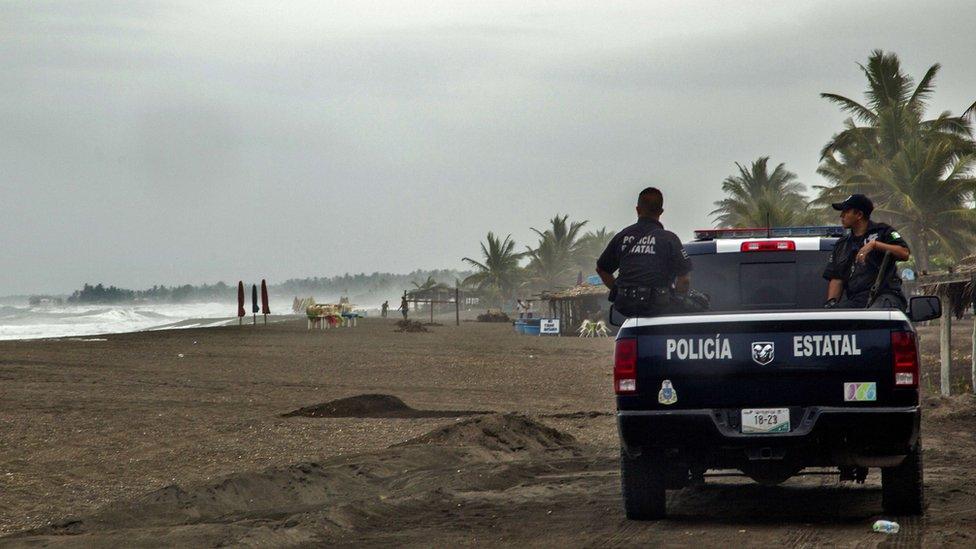
Police are currently clearing people from popular holiday resort Puerto Vallarta, which is directly in the storm's path.
The hurricane's winds are strong enough "to get a plane in the air and keep it flying", World Meteorological Organization spokeswoman Claire Nullis said.
The state of Jalisco is in line to be the place where the hurricane hits first. Popular holiday resort Puerto Vallarta is directly in its path.
The eye of the storm
BBC weatherman Simon King has been explaining what's happening in the eye of the storm at the moment.
What's happening in the eye of the storm?
The storm has grown
Simon King also told Newsround the storm got stronger throughout Friday.
He said: "The situation is Extraordinary. Twenty fours hours ago we had a disorganised Tropical Storm which has just undergone one of the most rapid intensifications into a Category 5 hurricane ever seen.
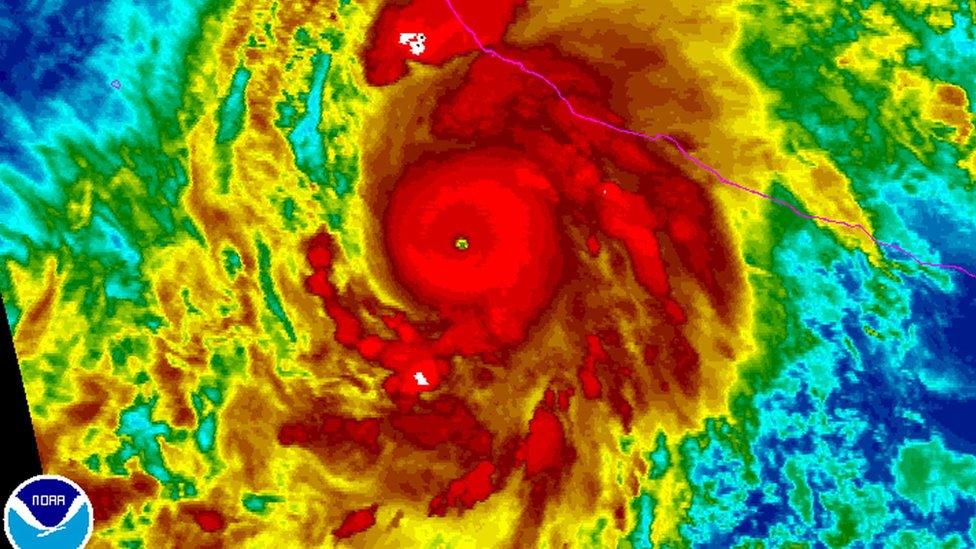
This picture shows a rainbow coloured image of Hurricane Patricia as it approaches the coastline of Mexico from the Eastern Pacific.
"Patricia is now the most intense hurricane ever recorded in the Eastern Pacific.
"It has a sustained wind speed of 200mph and remarkably it is still intensifying."
Where is it at the moment?
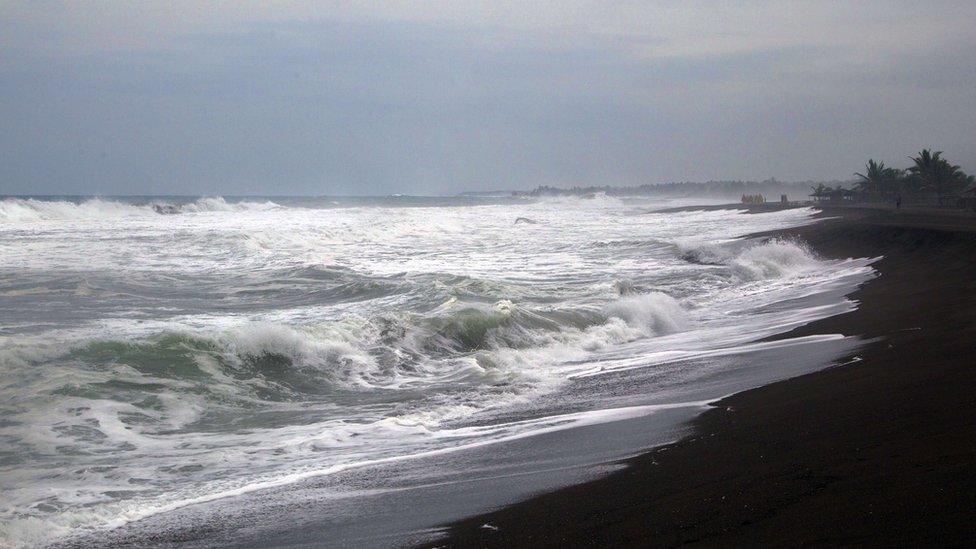
Bigger than usual waves have already started to break on the beach in Boca de Pascuales, Colima State, Mexico as a result of Hurricane Patricia forming over the Pacific Ocean.
The US National Oceanic and Atmospheric Administration says Hurricane Patricia is approaching Mexico's coastline.
It's expected to reach land, in Mexico, late on Friday.
Mexico's authorities have declared a state of emergency in the three states, or areas, that Patricia is expected to hit.
The people

These children, who live in one of the places where the hurricane is expected to hit, were evacuated to somewhere safer on Thursday night.
Mexican authorities started moving residents and closing ports in parts of the country's Pacific coast on Thursday, ahead of the arrival of Hurricane Patricia.
Officials have warned that the category 5 storm could be the strongest ever to hit Mexico's Pacific coast.
A state of emergency has been declared in three states in the path of Patricia.
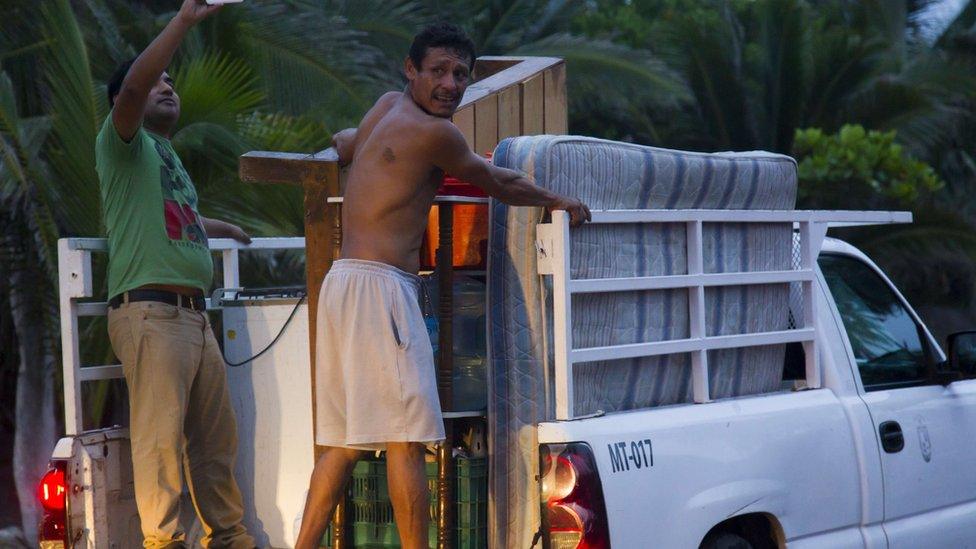
People in the parts of Mexico that could be affected are packing up as many of their belongings as they can before heading for safety.
Lots of families and children were told to leave their homes and taken to safer places on Thursday night after the storm got stronger.

Special buses have been put on to take people away from the affected areas.
The US National Hurricane Centre said Patricia is potentially catastrophic.
What is a hurricane?
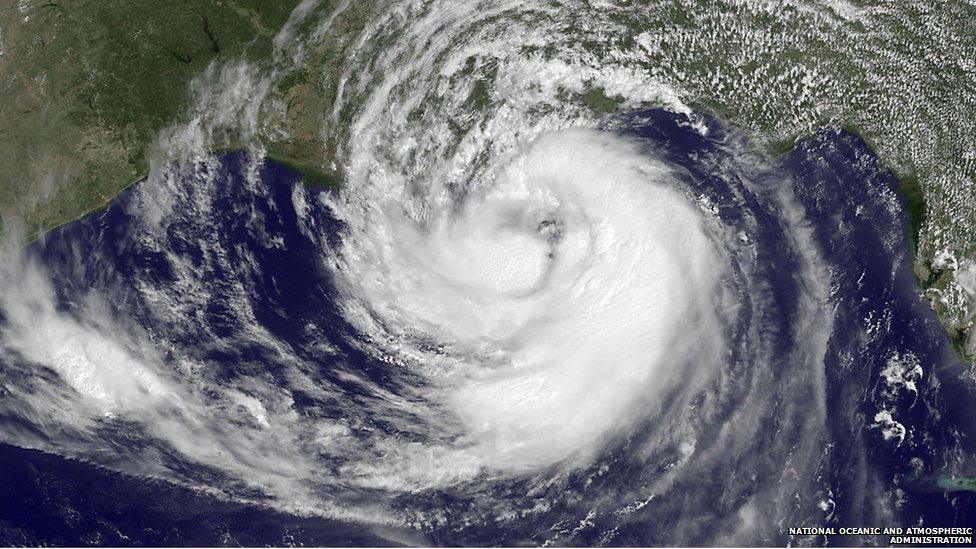
If you're wondering what the difference between hurricanes, typhoons and cyclones is then Check out Newsround's top guide on how they differ.
Naming the storm
This hurricane has been called Patricia, which follows the American system of giving powerful storms human names.

Earlier this week it was announced that storms in Britain would now be given similar names and the public voted for the list of ones experts can choose from.
To find out more about Why storms need names then click here., external
- Published23 October 2015
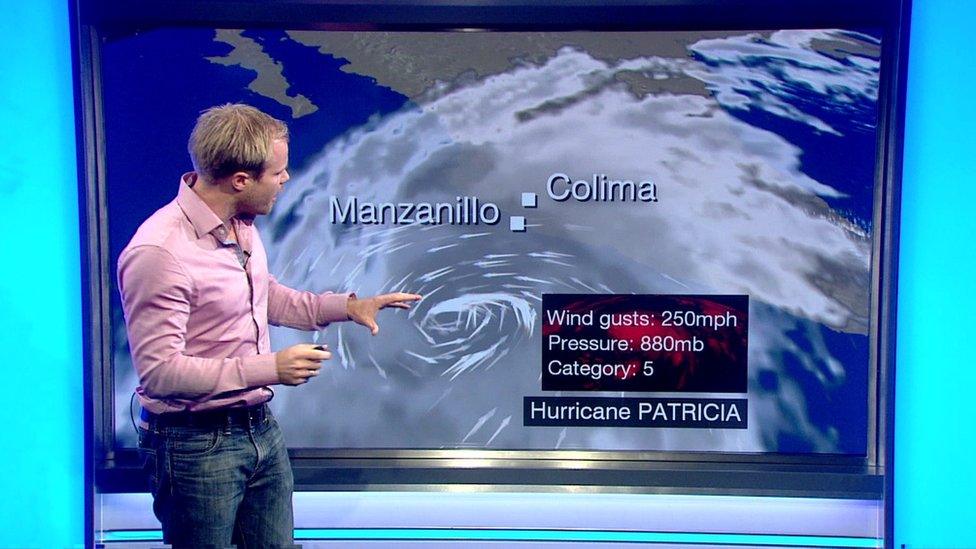
- Published23 October 2015

- Published23 October 2015
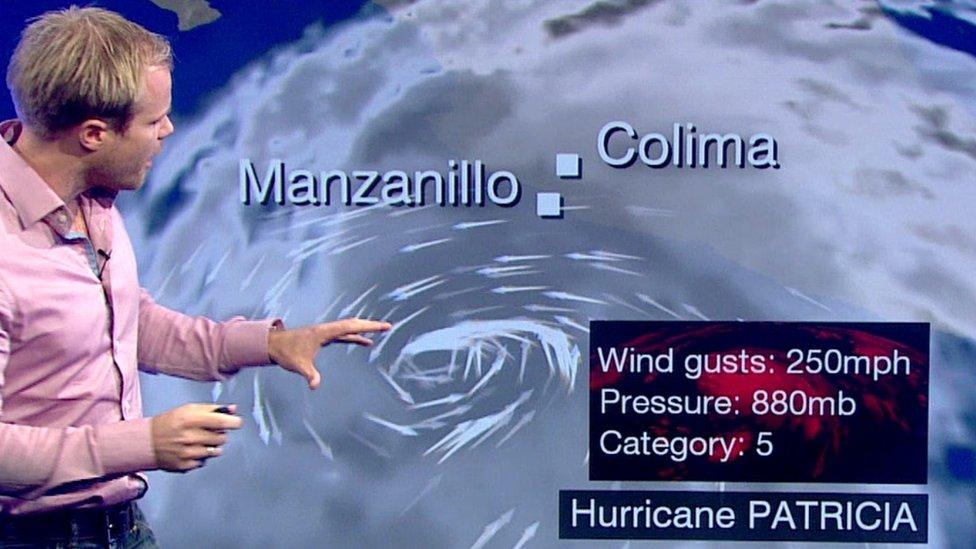
- Published31 August 2023
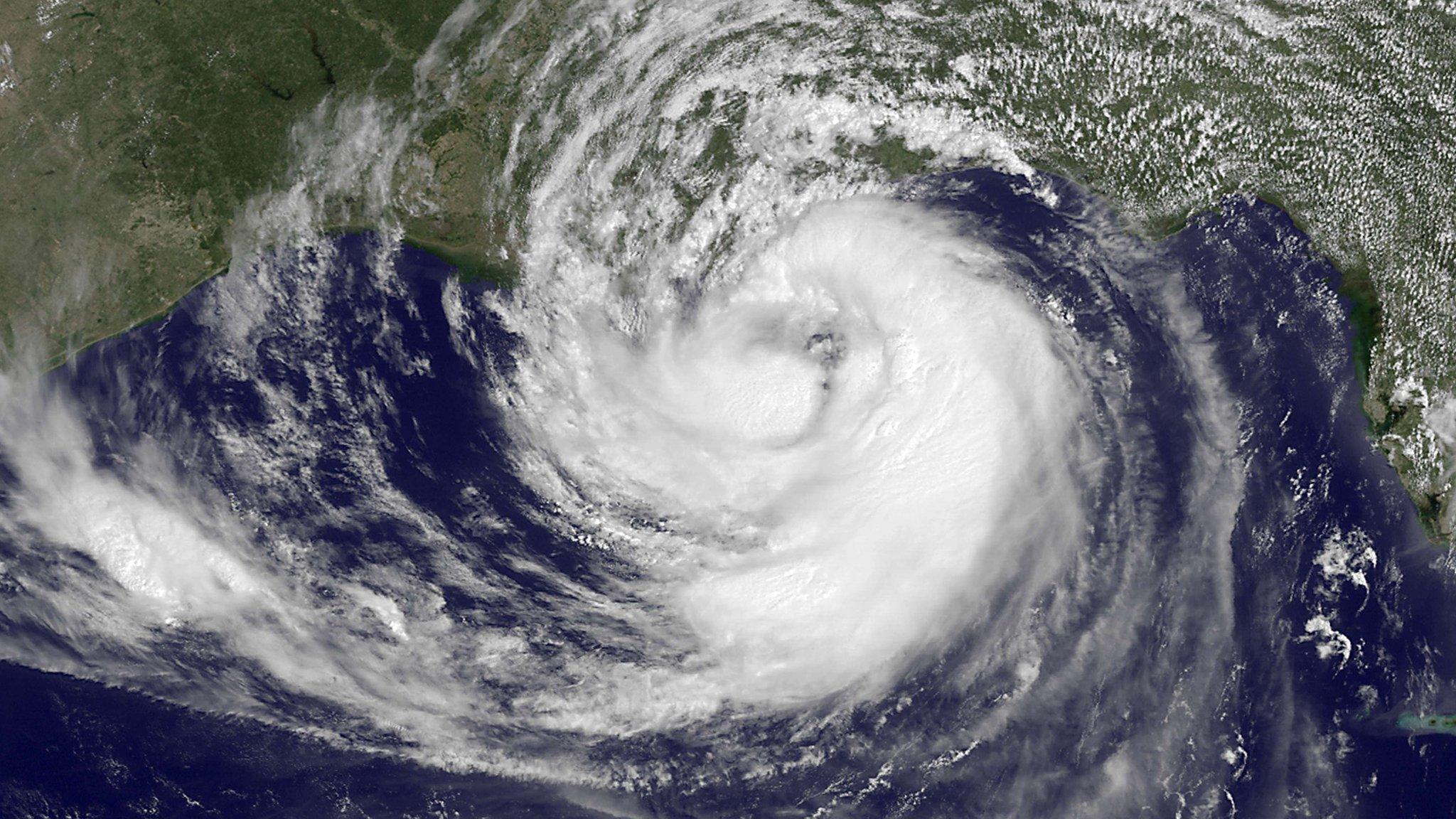
- Published30 August 2015
